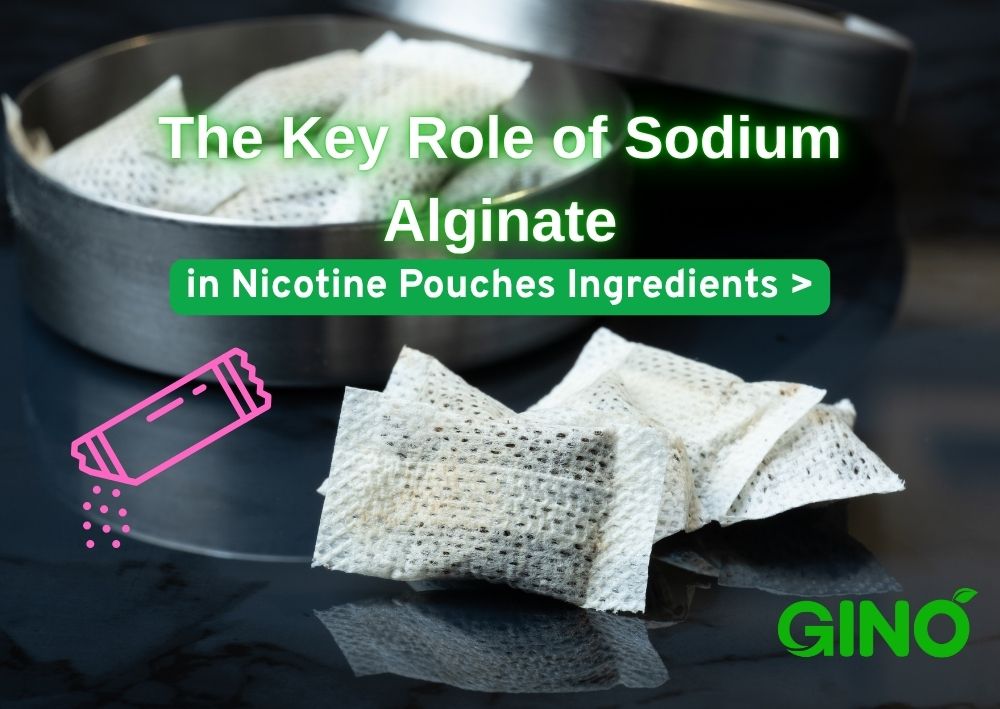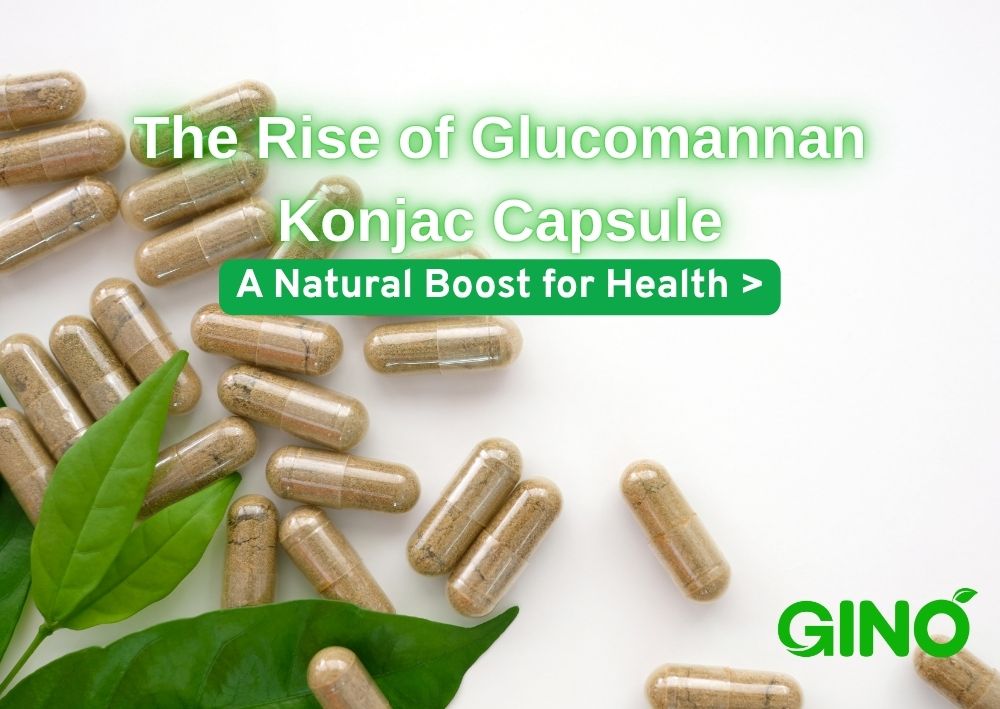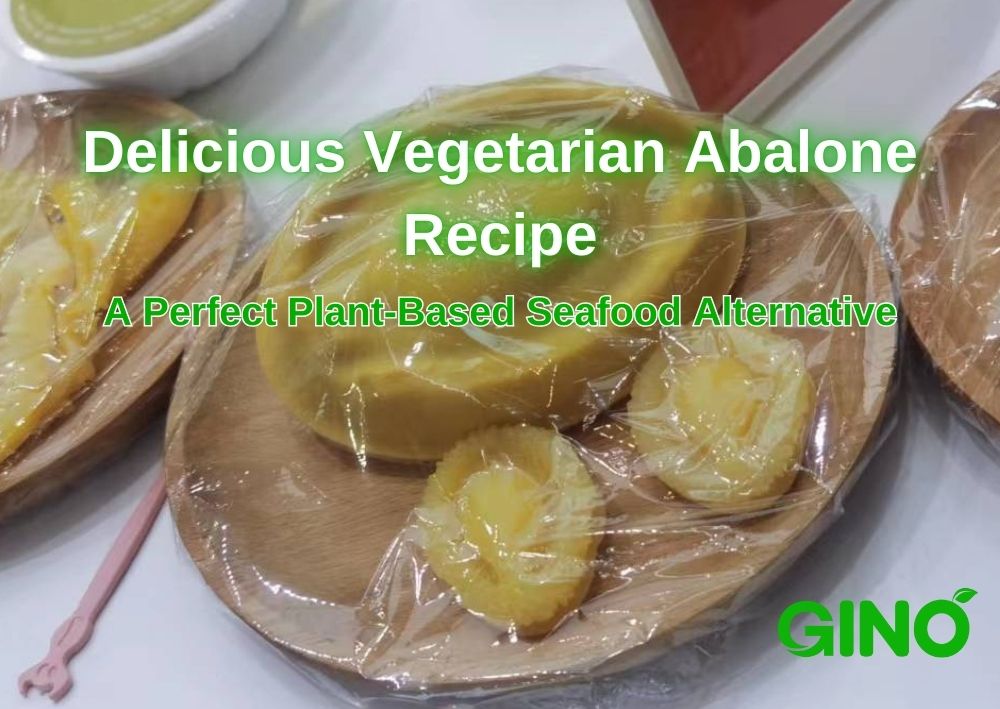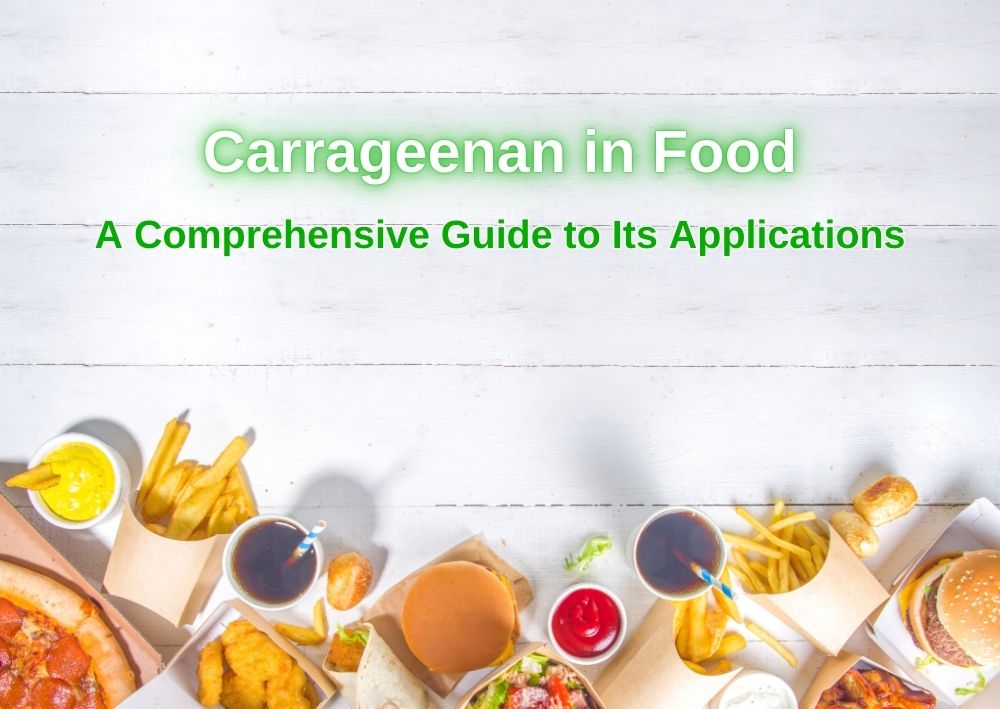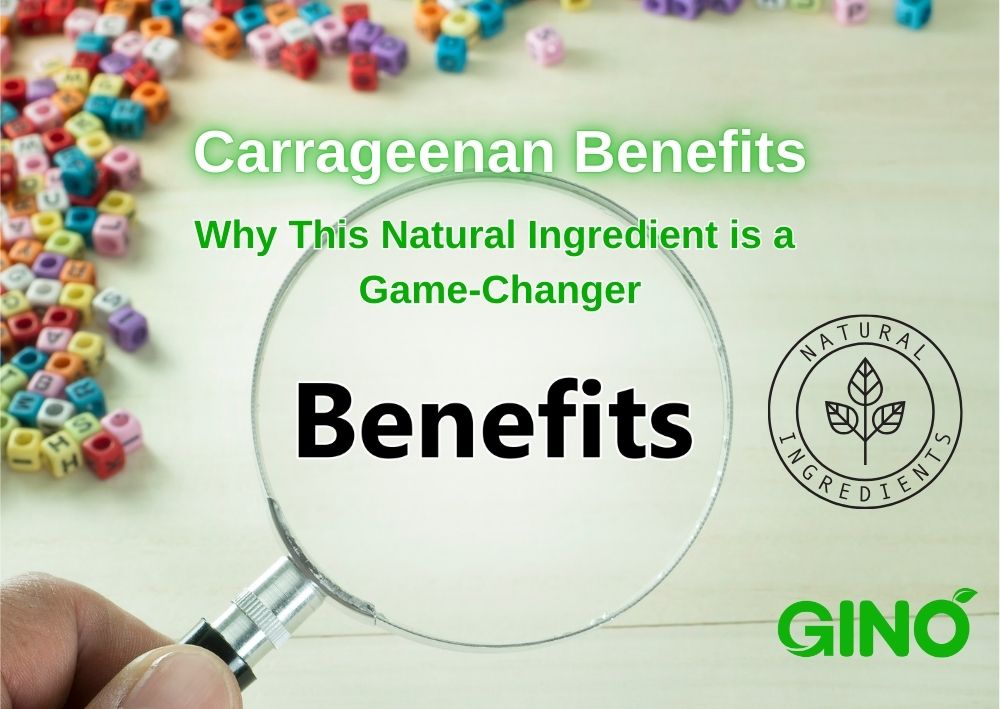
Pectin vs. Gelatin - 5 Key Differences Explained
Pectin vs Gelatin
Cooking and baking are both art and science, with each ingredient playing a critical role in the final outcome. Thickening and gelling agents, in particular, can be pivotal, with pectin and gelatin being two of the most commonly used.
Though pectin vs. gelatin serve similar functions, they come with distinct properties, sources, and applications. Here, we explore the key differences between pectin and gelatin in greater detail.

Key Differences Between Pectin and Gelatin
1. Natural Origins: Plant vs. Animal
Pectin is a naturally occurring polysaccharide found in the cell walls of fruits and vegetables. It's harvested mainly from citrus peels and apple pomace. When heated with sugar and acid, it forms a gel, which is why it's so perfect for jams and jellies.
On the other hand, gelatin is derived from collagen obtained from various animal parts, including bones, skin, and connective tissue. It's a protein that, when dissolved in hot water and cooled, gels into a shape, hence its widespread use in desserts like custards, aspics, and even non-food products like capsules and cosmetics.
2. Differing Textures for Different Outcomes
The gel that pectin forms is quite clear, somewhat rigid, and can be sticky. It gives a characteristic 'snap' when a jam is cut, maintaining the shape but breaking cleanly.
In contrast, gelatin sets into a smooth, slightly bouncing texture that's more elastic and creamy to the touch. It melts at body temperature, so it literally dissolves in your mouth - a sensation dearly loved in culinary creations for that luxurious finish.
3. Health and Dietary Considerations
Pectin not only adds texture but is also a dietary fiber that can help regulate blood sugar and cholesterol levels. For those on plant-based diets, pectin suits vegan and vegetarian lifestyles.
Gelatin is rich in protein and contains amino acids that are beneficial for joint health, hair, skin, and nails. However, the animal origins of gelatin may be a dietary restriction for vegetarians, vegans, and some religious groups.
4. Uses and Applications in Recipes
Pectin is highly dependent on sugar and acid to gel properly. It's often used in high-pectin fruits like apples and citrus fruits or added externally to low-pectin fruits in order to achieve the desired set.
Gelatin needs to 'bloom' in cold water before being added to hot water or other liquids to dissolve. This makes it versatile for both sweet and savory dishes, from jellied desserts to terrines.
5. Substitutions and Adjustments in Cooking
Both pectin and gelatin can be substituted with other ingredients, but the results vary widely. For pectin, you might use chia seeds or agar-agar (a seaweed derivative) with adjustments in the recipe due to different gelling mechanisms. Gelatin substitutes include pectin, agar-agar, and carrageenan, although the textures and strengths of these gels differ significantly and might not always be interchangeable in recipes.
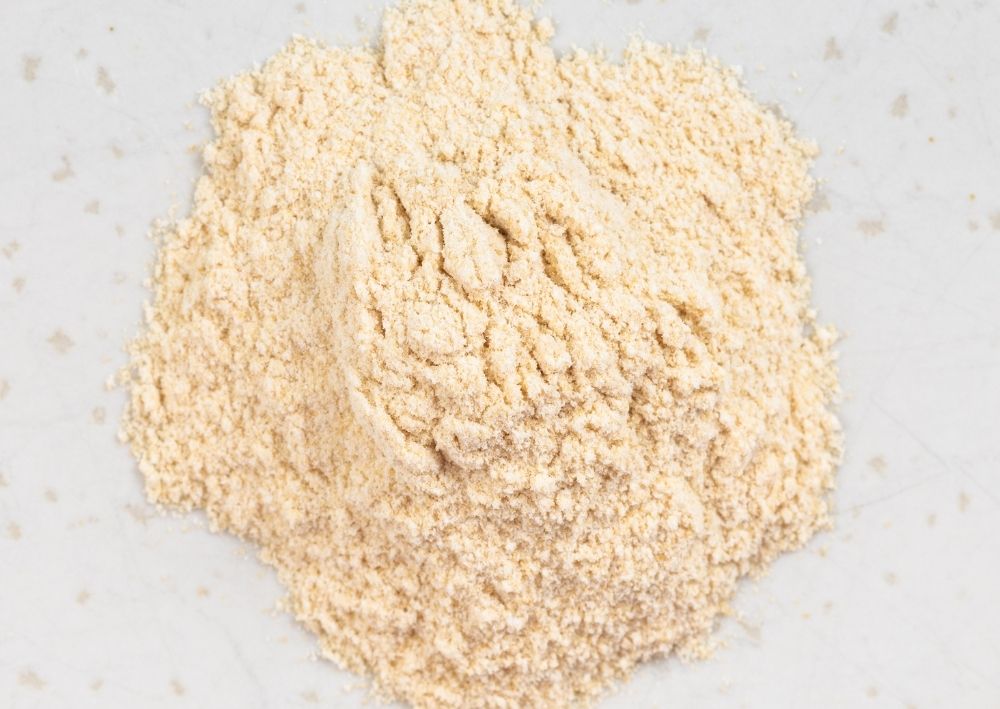
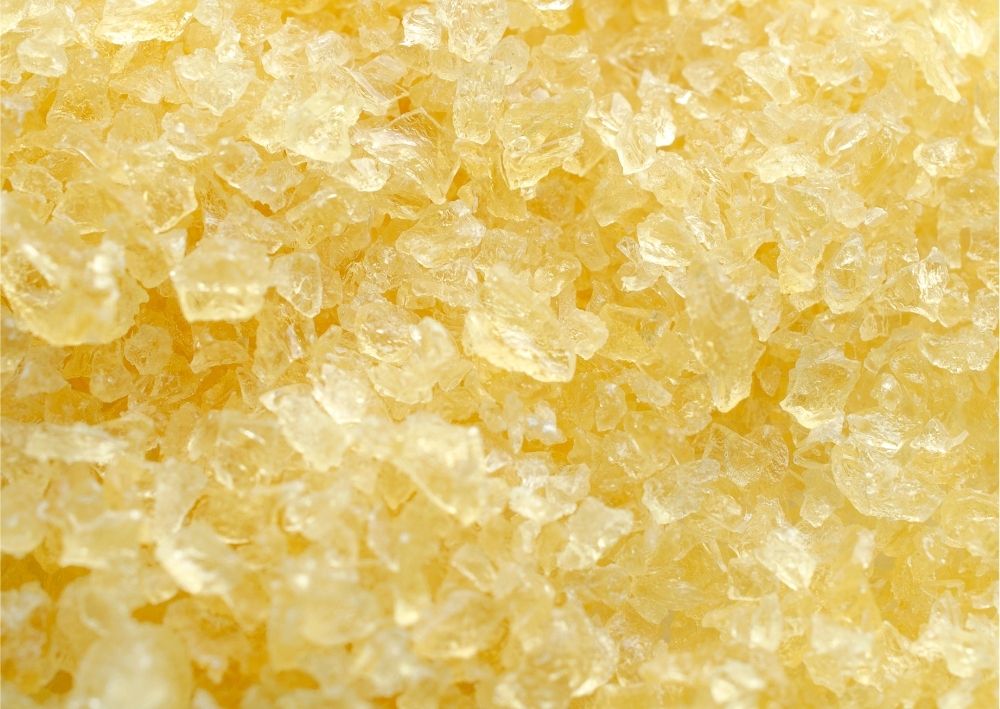
- Extracted from plants
- 100% vegan
- Must be heated to a higher temperature to gel
- Rich in fiber
- Short, quick bite
- Derived from collagen
- Animal by-product
- Activated at a lower temperature
- Rich in protein and has a chewy texture
- Long, elastic bite
In Summary
Whether you lean toward the velvety melt-in-your-mouth desserts that gelatin can create or prefer the firm, fruit-forward textures that pectin is known for, understanding these differences empowers you to make informed decisions in the kitchen.
Now that you're equipped with a deeper understanding of 'pectin vs. gelatin', the choice of which thickening agent to use rests in your hands. Experiment with these ingredients and observe how they can alter your culinary creations.
Pectin vs Gelatin - Dive into the World of Culinary Texture!
Venture into the art of texture and taste with pectin and gelatin.
Harness their unique properties to elevate your cooking and baking masterpieces.
Share your textured triumphs or seek advice by engaging with our community below.
Let the texture make the taste today!
Contact usWorking with us | Choosing Your Right Pectin Supplier
You will enjoy all grades and forms of e440 pectin products, including:

